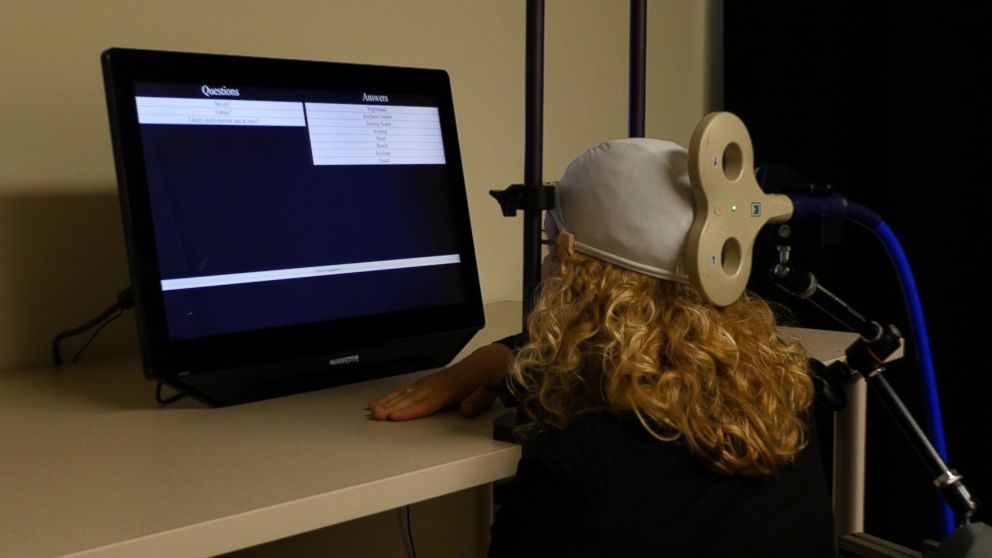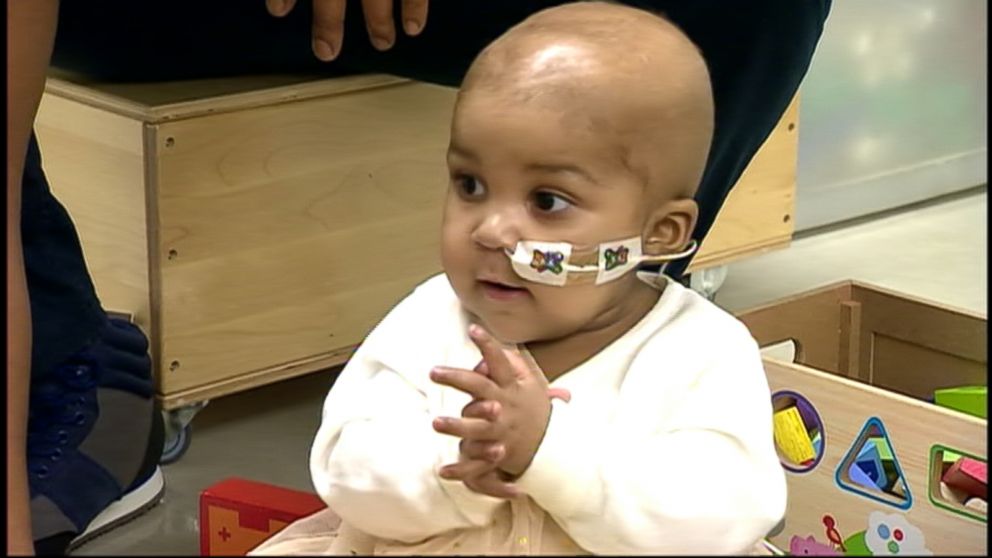See the Biggest Medical Breakthroughs of 2015
— -- This year researchers and scientists made major medical achievements as they learned how to reprogram the immune system to fight a leukemia case, found that "mind-reading" could be possible and even found a potential vaccine for one of the most frightening viruses on the planet.
Here's a look at some of the most important medical breakthroughs of the last year.
Reprogrammed and Donated T-Cells Fight Leukemia Case
New technology has allowed researchers to harness the immune system to fight leukemia by reprogramming T-cells to identify and attack a tumor. Recently the technology was applied to a toddler in the United Kingdom.
Layla Richards was diagnosed with leukemia last year at 14 weeks old, according to the Great Ormond Street Hospital in London. While her doctors tried multiple treatments, including a bone marrow transplant, nothing worked for the girl.
Just after her first birthday, doctors suggested Layla’s family consider palliative care. But instead they turned to an experimental treatment that had never been tried before. The medical staff "retrained" donated T-cells, which help fight off infection in the body, in the hopes that they would attack Layla's cancer.
Layla had few of her own healthy t-cells left and is using donor t-cells were risky in case her immune system started to attack her body. Scientists were able to change her T-cells, so they they both fought her cancer and didn't attack her body.
Within weeks of the injection, Layla had gone into full remission suffering only a rash for a few days as the main side effect of her treatment. A second bone marrow helped her regrow her immune system and now the girl appears to be healthy and thriving. While more study needs to be done, the therapy could be extremely promising to leukemia patients across the globe.
Could Mind-Reading Be Possible?
Could technology actually make mind-reading possible? Researchers at the University of Washington may have taken the first step by developing a brain-to-brain experiment.
In a new experiment the researchers used a specially designed Electroencephalography (EEG) machine set up to connect two users. One participant's EEG brainwaves were then transmitted back to another participant via a magnetic coil behind the participant's head.

The device is aimed at stimulating the visual cortex so that the original participant sees a flash of light. If the participant sees that flash of light, they know to answer yes. Each group of two participated in 20 games -- a mix of both control and actual experiments. The 10 participants could guess the correct object in 72 percent of games with the device compared to just 18 percent of the control games, according to the study published journal PLOS One on Sept. 23.
"This is the most complex brain-to-brain experiment, I think, that's been done to date in humans," lead author Andrea Stocco, an assistant professor of psychology and a researcher at UW's Institute for Learning and Brain Sciences, said in a statement.
The “brain-to-brain” interface can potentially be used to help “locked-in” patients communicate to either a computer or someone in their vicinity, according to experts.
Extensive Face Transplant
Firefighter Patrick Hardison thought a 2001 injury meant he would be left with a damaged and scarred face for the rest of his life. But this summer's new technology and brave surgeons meant a second chance for Hardison.
In July 2015, Hardison underwent the most extensive face transplant ever done. Doctors gave Hardison just a 50-50 chance of surviving, but he was undeterred.




